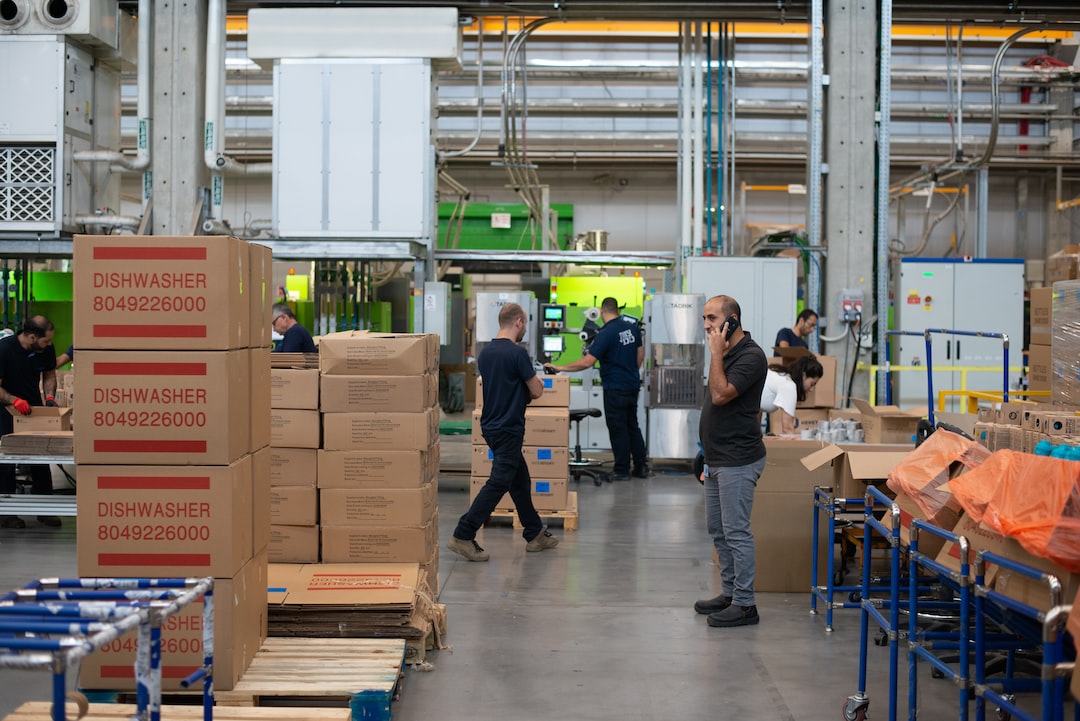Quality Control and Assurance in Manufacturing: Ensuring Product Excellence
In the competitive landscape of today’s manufacturing industry, maintaining high-quality standards has become crucial for businesses to survive and thrive. Delivering products that consistently meet customer expectations is not only essential for customer satisfaction but also for retaining a loyal customer base. This is where quality control and assurance play a significant role in ensuring product excellence.
Quality control refers to the process of maintaining standards throughout the manufacturing process, while quality assurance involves creating a system to prevent defects and continuously improving the manufacturing process. Together, these practices ensure that the final products are of the highest quality, meeting or exceeding customer requirements.
The first step in quality control and assurance is designing and implementing an effective quality management system (QMS). A QMS outlines the quality objectives for the manufacturing process and establishes processes and procedures to achieve these objectives. It encompasses the entire manufacturing process, including raw material sourcing, production, assembly, and the final inspection of the end product.
One of the vital aspects of quality control and assurance is setting measurable quality standards that define the acceptable level of performance for a product. These standards are typically documented and communicated throughout the organization to enable every stakeholder to understand the required level of quality. Regular audits and inspections help ensure adherence to these standards and identify any deviations that need to be addressed.
Ensuring product excellence starts with selecting high-quality raw materials. Manufacturers must establish strong relationships with reliable suppliers to guarantee the consistent supply of materials that meet the specified standards. Regular inspections and quality checks should be conducted at various stages of the production process to identify any issues and prevent them from further affecting the quality of the end product.
Training and education play a crucial role in maintaining high-quality standards. All employees, from top management to assembly line workers, should receive proper training on quality control and assurance methods. This ensures that everyone understands their role in maintaining product excellence and can identify and rectify any quality issues they encounter. Regular training sessions and workshops should be conducted to keep employees up-to-date with the latest quality control techniques and industry best practices.
Quality control and assurance rely heavily on effective communication and collaboration within the organization. It is essential to establish clear lines of communication between different departments involved in the manufacturing process. This ensures that all stakeholders are aware of quality objectives, standards, and any changes or updates. Regular meetings and discussions should be held to address concerns, share insights, and implement improvements based on feedback from customers or internal inspections.
Implementing quality control and assurance also requires leveraging technology to streamline processes and improve accuracy. Advanced quality management software can automate various aspects of the quality control process, such as data collection, analysis, and reporting. This not only saves time but also reduces the chances of errors or oversight. Additionally, technology can assist in tracking and tracing products throughout the supply chain, ensuring that any quality issues can be identified and resolved promptly.
In today’s globalized manufacturing industry, quality control and assurance extend beyond the organization’s walls. Collaboration with suppliers and customers is essential to maintain product excellence. Manufacturers must work closely with suppliers to set quality standards for raw materials and conduct regular audits to ensure compliance. Similarly, customer feedback and input should be actively sought and analyzed to identify areas that need improvement and enhance overall product quality.
In conclusion, quality control and assurance are critical aspects of manufacturing that ensure product excellence and customer satisfaction. By designing and implementing an effective quality management system, setting measurable standards, maintaining strong supplier relationships, providing training to employees, fostering communication and collaboration, leveraging technology, and actively engaging with customers, manufacturers can achieve and maintain the highest standards of product quality. This not only benefits the organization’s reputation but also leads to increased customer loyalty and market success in the long run.

